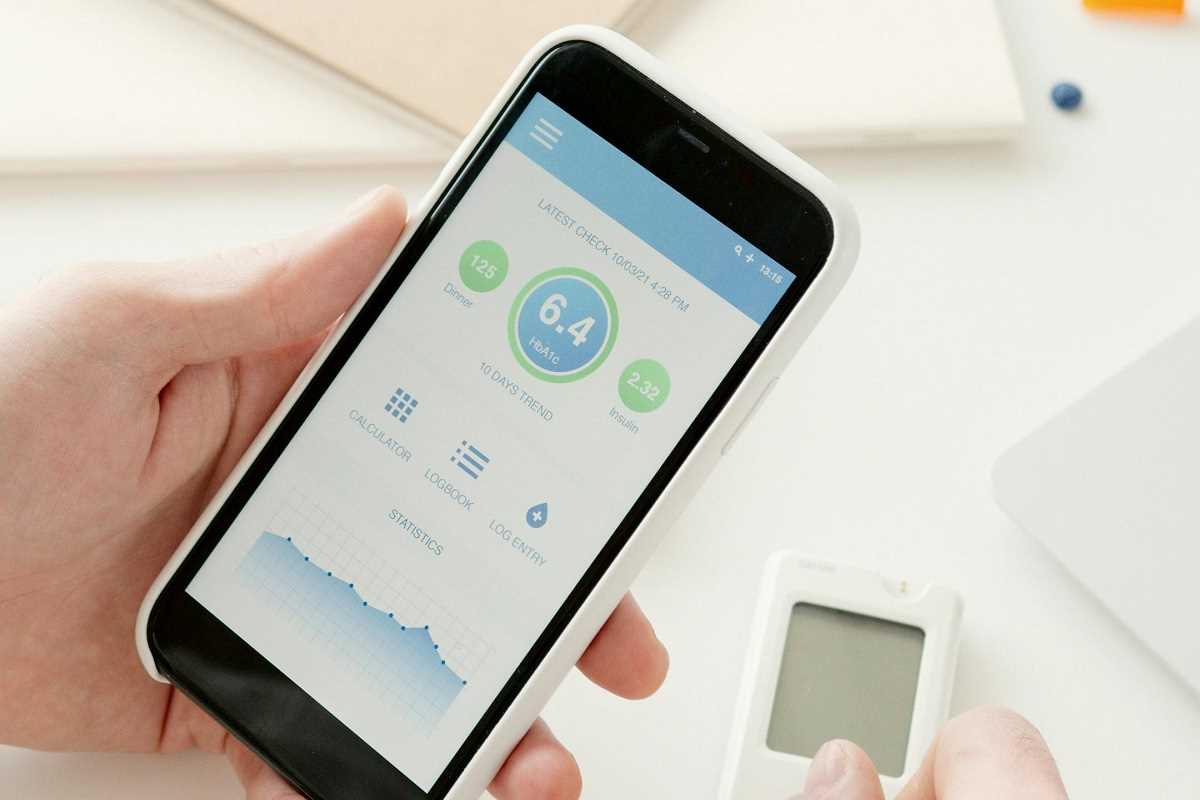Insulin pumps have become crucial tools for people with diabetes, offering precise, automated insulin delivery that simplifies the management of blood sugar levels. 2024 has seen remarkable advancements in insulin pump technology, making these devices smarter, more user-friendly, and better integrated with other diabetes management tools like continuous glucose monitors (CGMs). Here's an overview of the latest insulin pump models, their unique features, and how they are transforming the quality of life for individuals who rely on them.
Advancements in Insulin Pump Technology
The evolution of insulin pumps has been driven by a need for better glucose management, reduced manual input, and greater convenience. Key technological advancements include automated insulin delivery systems, seamless integration with CGMs, and more streamlined designs. These updates not only improve the accuracy of insulin delivery but also reduce the burden of diabetes care for users.
One important innovation is the growing adoption of hybrid closed-loop systems, often referred to as artificial pancreas systems. These systems integrate an insulin pump with a CGM, allowing the pump to adjust insulin delivery automatically based on real-time glucose readings. Features like adjustable basal rates and automated bolus recommendations enable users to maintain tighter glucose control with less effort.
Additionally, insulin pump manufacturers have focused on designs that prioritize flexibility and ease of use. From tubeless pumps that offer freedom of movement to smartphone-compatible devices that allow remote monitoring, modern insulin pumps are increasingly tailored to suit diverse lifestyles.
Several insulin pump models stand out in 2024 for their advanced features and user benefits. Here’s a look at some of the most notable options:
1. Medtronic MiniMed 780G
The Medtronic MiniMed 780G represents a significant leap forward in automated insulin delivery. Its hybrid closed-loop system, paired with the Simplera Sync CGM, continuously monitors glucose levels and adjusts insulin delivery every five minutes. What sets this pump apart is its meal detection technology, which can automatically administer corrections for missed boluses, helping users stay within their target glucose range.
Other highlights of the MiniMed 780G include:
- Customizable glucose targets, with some users aiming as low as 100 mg/dL.
- A sleek design that combines functionality with portability.
- Software improvements that will allow existing users to easily update to the latest features.
This pump is particularly suitable for people with busy lifestyles who may occasionally forget to manually log meals or adjust their insulin doses.
2. Insulet Omnipod 5
The Insulet Omnipod 5 is a tubeless, waterproof insulin pump that offers unparalleled flexibility and convenience. Designed as part of an automated insulin delivery system, it integrates with both the Dexcom G6 and G7 CGMs to continuously optimize insulin delivery based on real-time glucose data.
Unique features of the Omnipod 5 include:
- Tubeless design, which eliminates the need for bulky tubing and offers more freedom in pump placement.
- SmartAdjust technology, which auto-adjusts insulin delivery to help users stay within their glucose targets throughout the day and night.
- Compatibility with a smartphone app that allows users to monitor and control the pump easily.
This pump has gained popularity among active individuals and those seeking a low-profile device that doesn’t interfere with their daily activities.
3. Tandem t:slim X2 with Control-IQ
The Tandem t:slim X2 remains a top choice for individuals who want maximum control over their diabetes management. Its Control-IQ technology is an advanced algorithm that automatically adjusts insulin delivery based on CGM readings from the Dexcom G6 or G7. What makes this pump stand out is its predictive features that prevent both high and low glucose levels.
Key benefits of the t:slim X2 include:
- Custom activity settings, such as an exercise mode that reduces insulin delivery to prevent hypoglycemia during workouts.
- A compact design that’s smaller than many traditional pumps.
- Smartphone bolus functionality (U.S. only), enabling remote insulin administration.
This insulin pump appeals to tech-savvy users who value detailed customization and advanced automation in their diabetes care.
4. Beta Bionics iLet Bionic Pancreas
The Beta Bionics iLet introduces the concept of a bihormonal bionic pancreas, capable of delivering insulin and glucagon. This innovation supports better glucose control and reduces the risk of both hyperglycemia and hypoglycemia. The pump makes autonomous decisions about insulin and glucagon delivery, alleviating much of the day-to-day burden of diabetes management.
The iLet is still gaining traction but has shown promising results in clinical trials, making it a compelling option for those seeking a more hands-off approach to diabetes care.
Benefits of Modern Insulin Pumps
The enhanced features of modern insulin pumps translate to significant benefits for users, including:
- Improved glucose control, thanks to real-time adjustments based on CGM data.
- Reduced manual effort, as many pumps can calculate bolus doses automatically.
- Greater freedom and convenience, with wireless and tubeless designs becoming more common.
- Peace of mind, especially with features like hypo- and hyperglycemia alerts and automated correction boluses.
These improvements allow people with diabetes to focus less on the mechanics of their condition and more on living their lives.
Challenges and Considerations
Despite these advancements, choosing an insulin pump isn’t without challenges. Factors to consider include:
- Cost and insurance coverage: Insulin pumps and their associated supplies can be expensive, so understanding what your insurance will cover is essential.
- Learning curve: While modern pumps are user-friendly, new users may need some time to learn how to use the technology effectively.
- Device compatibility: Not all pumps are compatible with all CGMs, so it’s crucial to select a system that works seamlessly with your preferred glucose monitor.
- Lifestyle fit: Some users may prefer tubeless pumps for their discretion, while others might choose a traditional tubed pump for its versatility.
TWith innovations like fully closed-loop systems, improved integration with wearable devices, and expanded CGM compatibility, the future of diabetes management looks promising. For users, understanding these new options and working closely with healthcare providers to select the right system can make a world of difference. Ultimately, the goal of these advancements is not just to improve diabetes care but to enhance the overall quality of life for individuals dealing with this condition.
 (Image via
(Image via





